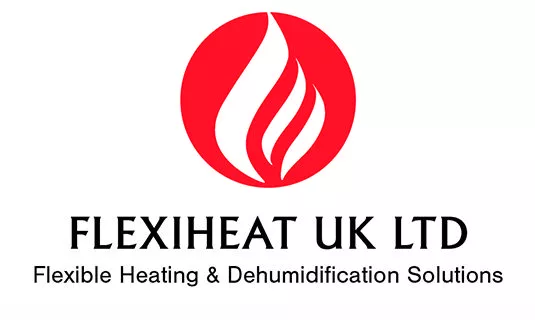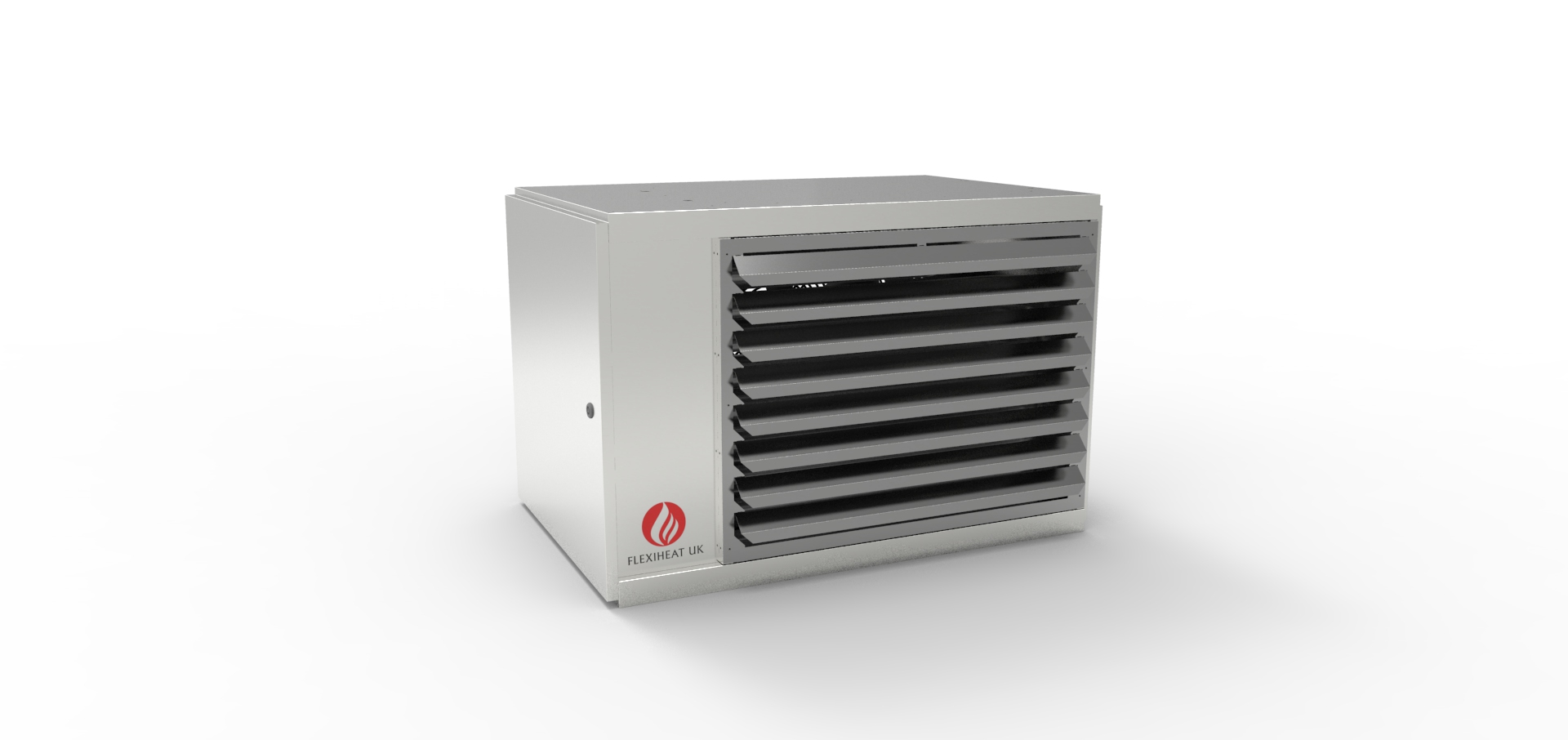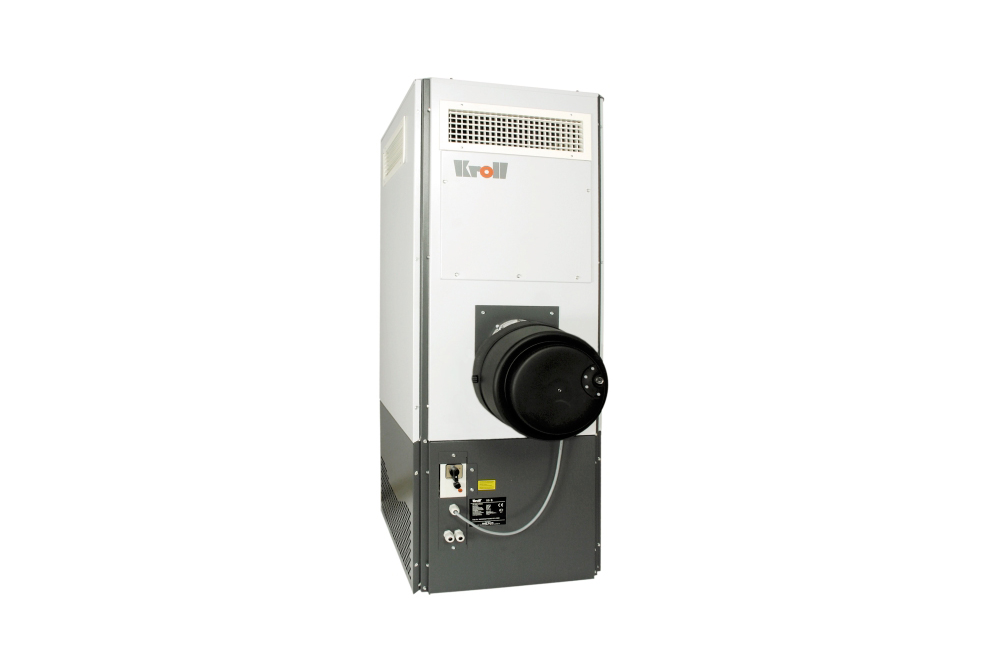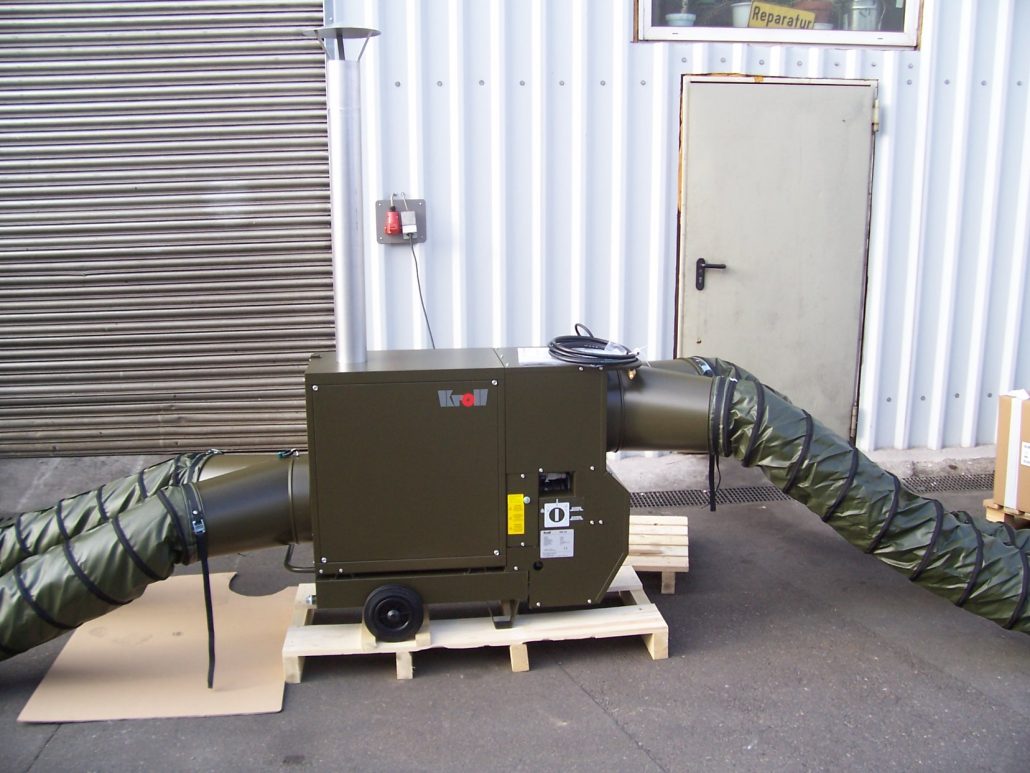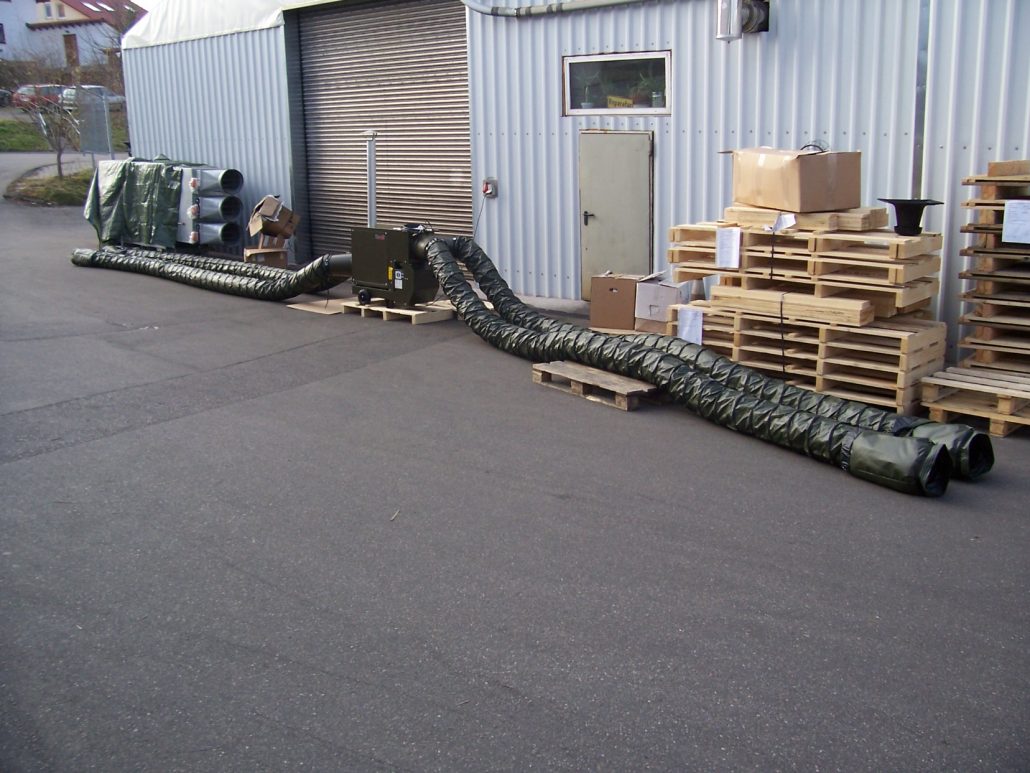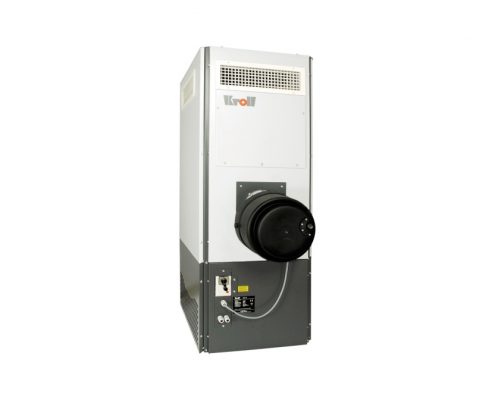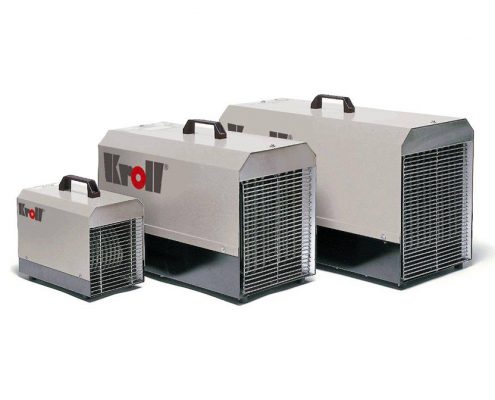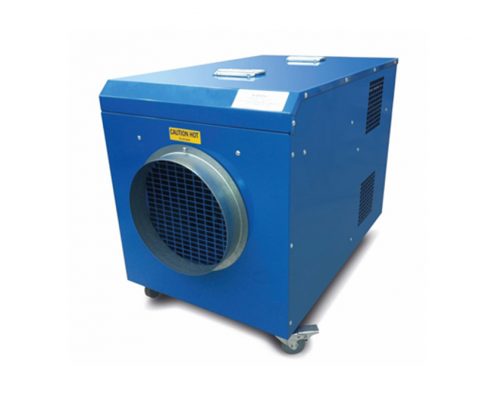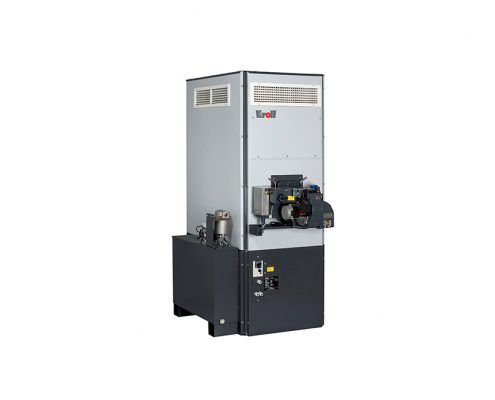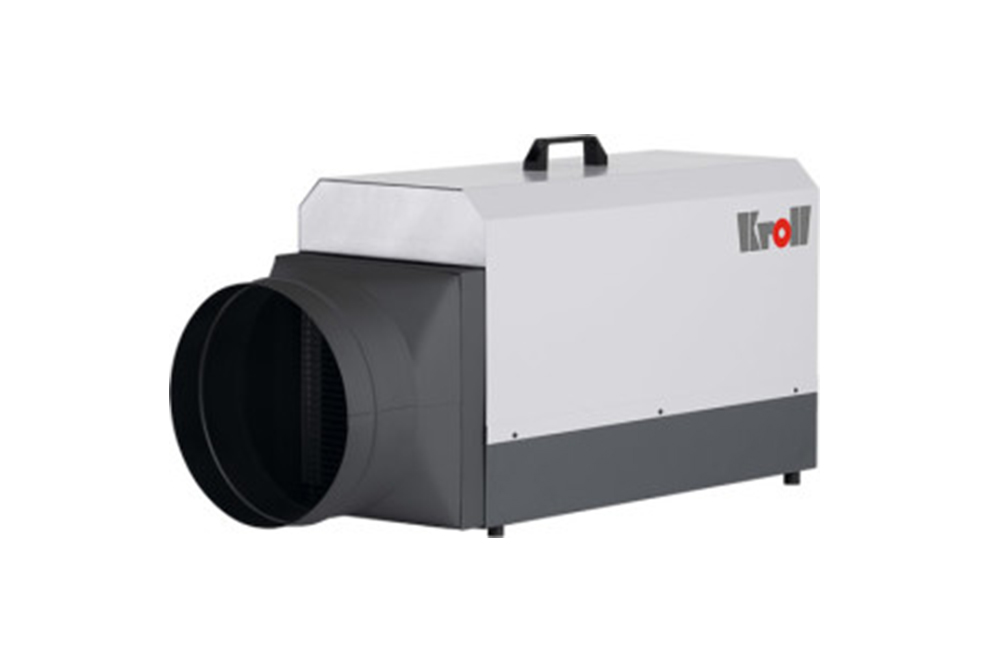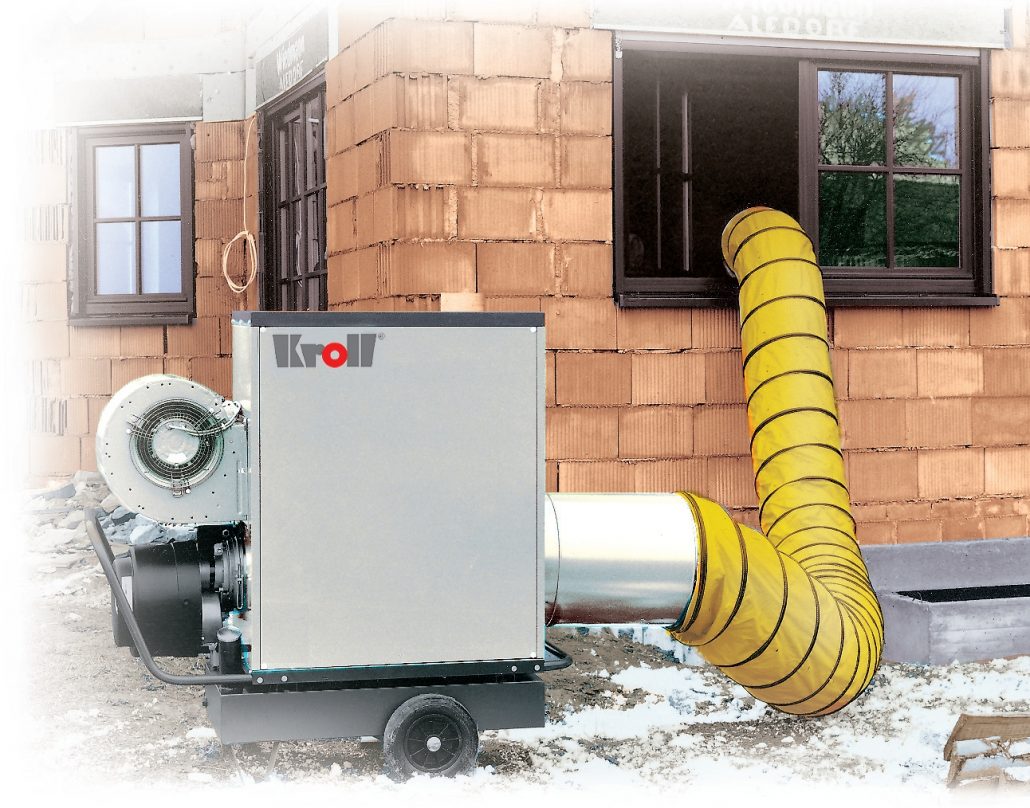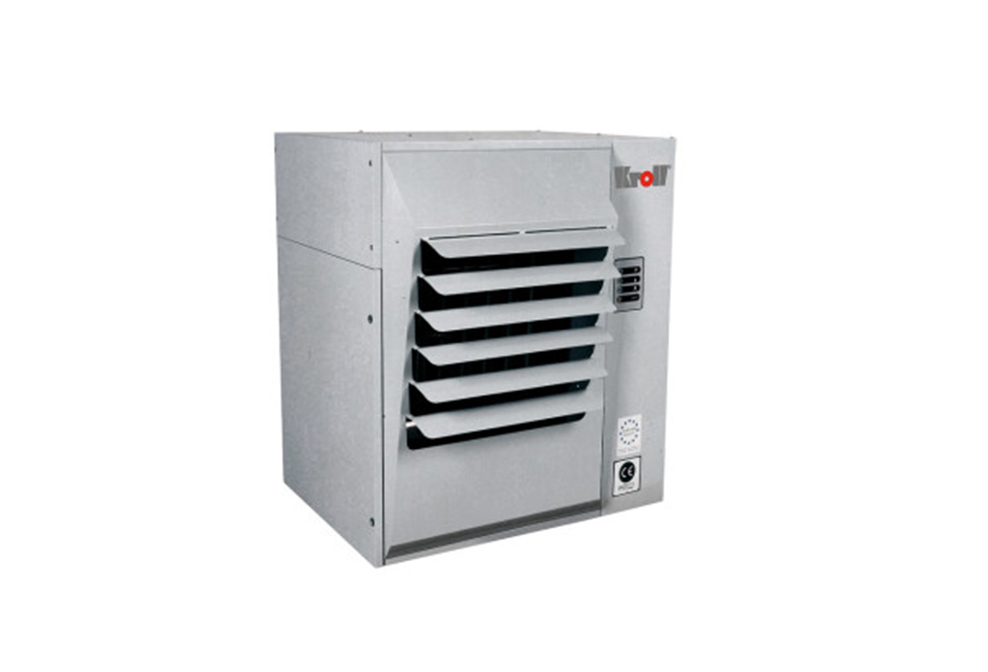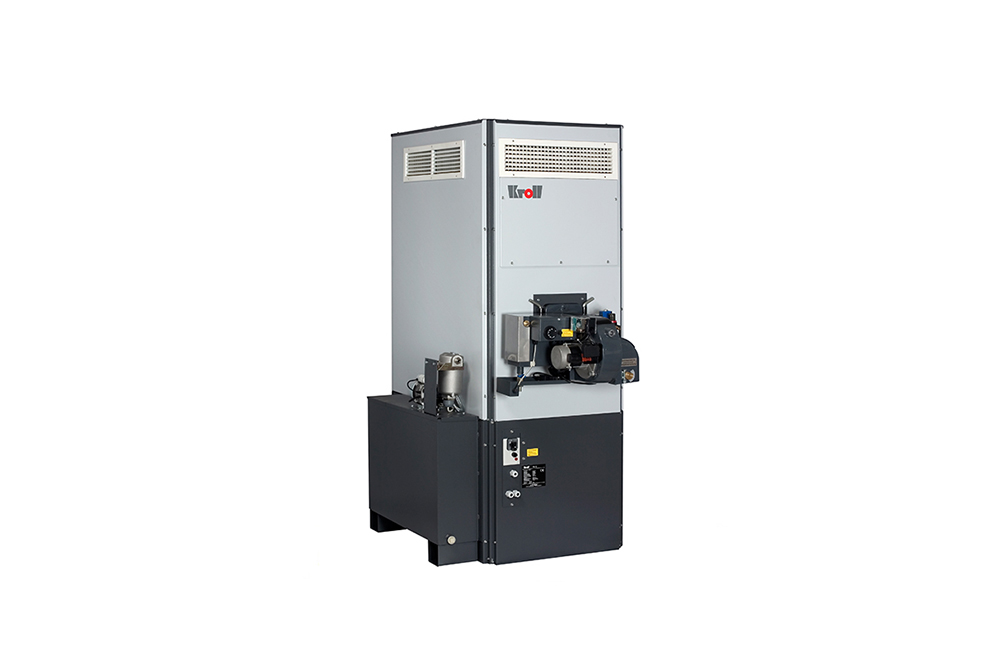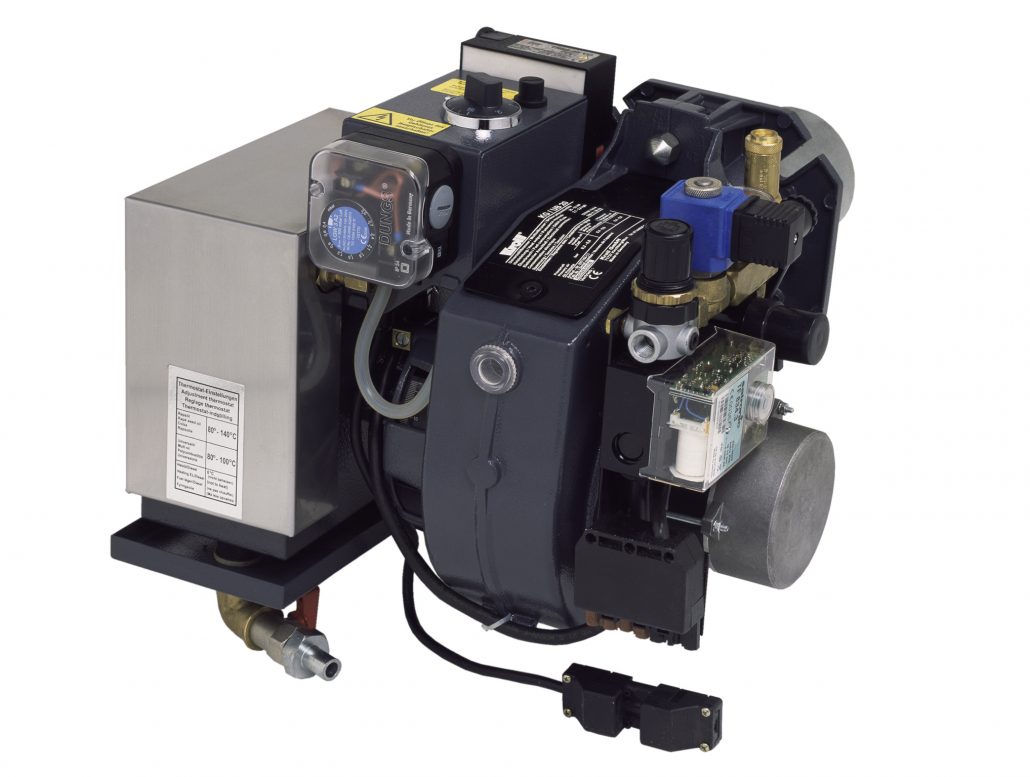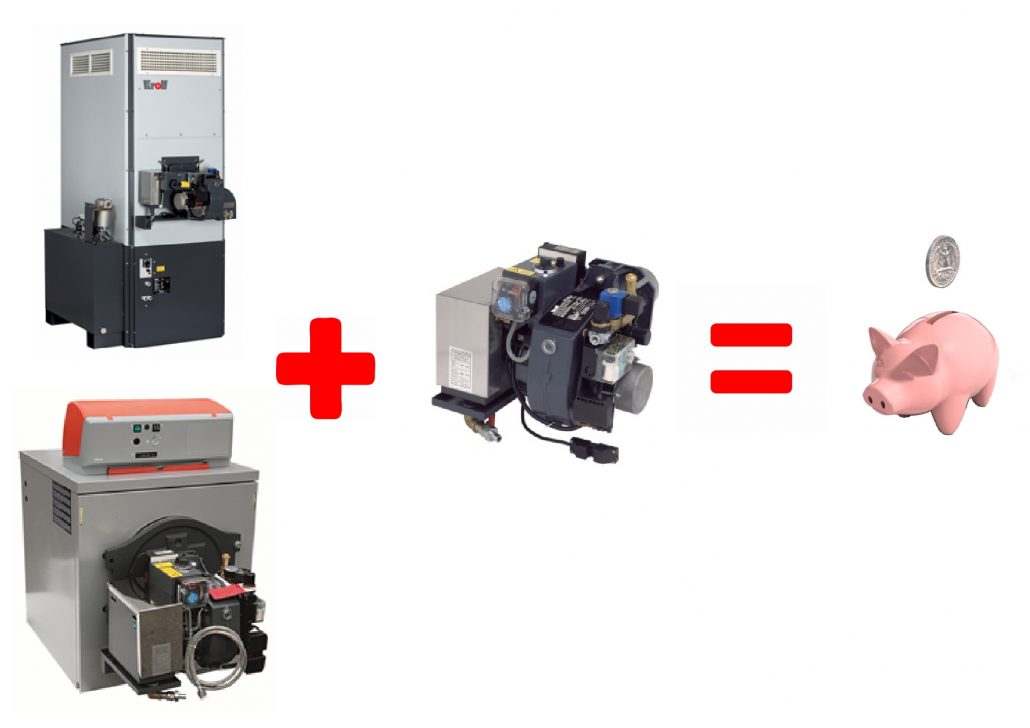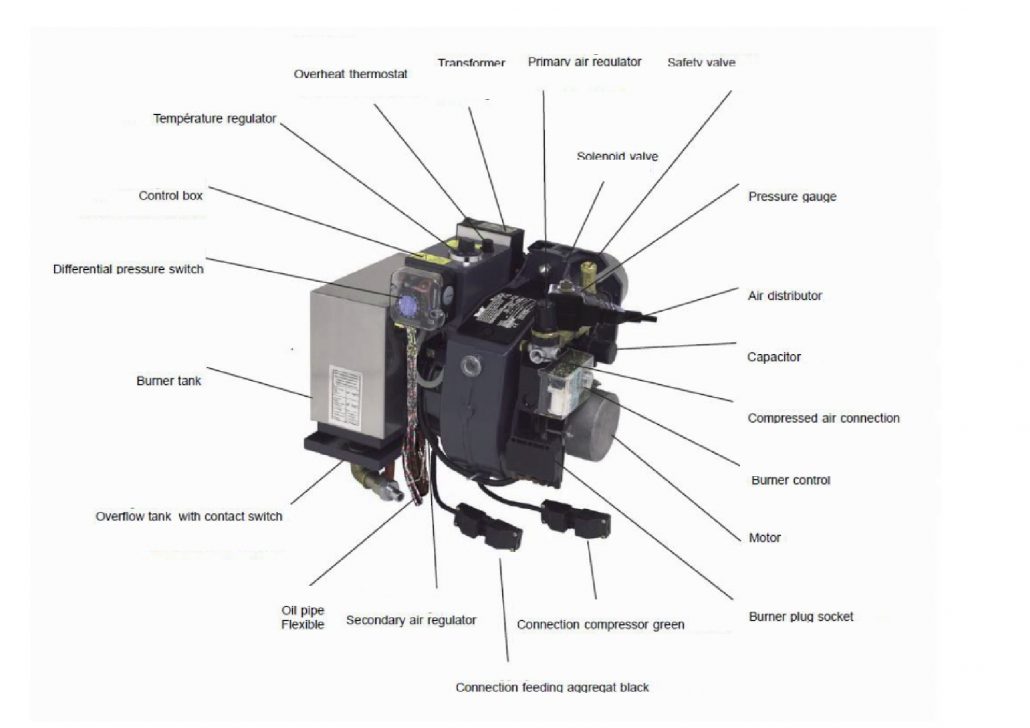Industrial Heaters
Industrial heaters –Warm air industrial heating options
Warm air industrial heaters are frequently used in almost all industrial buildings today from warehousing, manufacturing , to food processing or even building sites to provide warm air supplementary heating, emergency heating or even frost protection. There is a variety of industrial heaters that serve different purposes, but these days thanks to the ErP regulations they are all highly energy efficient, and with variable heat output (normally via an adjustable thermostat) that allow the industrial heater to match the heat requirement of the industrial buildings.
Being an unavoidable necessity, it is very important for business owners to provide heat via a warm air industrial heater in their factory premises to serve their purpose.
Install an industrial heating system to deliver warm air with an industrial heater can be easy task as we can provide a large range of models from industrial electric fan heaters or industrial electric heaters that can either be mobile heaters, that are manufactured to cope with regular site use with adjustable thermostatic control and variable heat output (ideal for temperature protection of a large space – i.e., frost protection) or fixed electric fan heaters to deliver warm air for a more permanent solution for your industrial heating requirements.
We also do our industrial heater range powered by other fuels such as gas or oil (red diesel) to ensure you can have the industrial heating power/heat output to suit your fuel type.
Please go through the following points if you want to get the most out of your industrial heater requirements-
The following are the most common types of heaters on the market based on fuel types
Industrial Gas Heaters – Natural and Propane(LPG) Warm Air Heaters
Gas heaters and propane heaters burn natural gas, propane, liquefied natural gas (LNG) or other gaseous fuels to generate heat. The first gas heaters were similar to the Bunsen burner in that both they used a flame to heat air locally. This heated air was spread by convection to warm an entire area. Later, the burner’s flame was used to heat a structure made of asbestos, a strong and incombustible fibre. Although asbestos structures have been replaced by fire clay and other refractory materials, modern gas heaters still operate according to this principle. Gas heaters and propane heaters often use similar designs.
Performance Specifications
Specifications for natural gas heaters and propane (LPG) heaters include maximum temperature, heating capacity and maximum air flow. There are two parameters for maximum temperature, maximum air temperature and maximum operating temperature.
The maximum operating temperature for gas heaters is the highest temperature that the heater’s coating or protective cover may reach.
The maximum air temperature, as its words suggest, is the maximum temperature of the air exiting from the heater.
Heating capacity is the wattage that gas heaters and propane (LPG) heaters can deliver.
Fan Options
You can have either an axial fan for free blowing applications or a centrifugal fan for use of the industrial heater in a ducted warm air heating system
Industrial Heaters – Applications
The variety of different applications for gas and propane heaters include annealing and heat treating, drying, curing and tempering, melting, and the heating of gases and vapours. Gas heaters and propane heaters are also used to heat clean water, high purity waters and process waters, lightweight oils and degreasing solutions; heavy and medium weight oils, caustic solutions and mild and severe corrosive solutions.
Industrial Heaters – Features
There are many optional features for gas heaters. Some products are indirect-fired, corrosion resistant, finned, and explosion-proof or can be controlled by a microprocessor. Gas heaters can also be fitted with an internal temperature detector, a grounding wire, and multiple / independent timing controls.
Other additional features may also include overheat protection, adjustable thermostat control; portability
For more information of our range of gas heaters, please click here
Oil Industrial Heater
Oil, normally red diesel is burnt to generate heat output, the are a good heating solution for large space, when mains gas is not available. They consist of metal columns with cavities and a heating element. Inside these cavities, oil or kerosene flows freely around a heating element. This element, which is located at the bottom of the heater, transfers heat through the fluid in a process called convection. The oil or kerosene acts as a heat buffer or reservoir and provides both a relatively high specific-heat capacity and a high boiling point. Because of its high specific-heat capacity, the oil or kerosene accumulates a large amount of thermal energy in a small volume. This high boiling point allows the fuel source to remain in the liquid phase, and means that oil heaters and kerosene heaters do not have to be high-pressure vessels.
Heaters -Types
There are many different types of oil and kerosene heaters. The variety include air, band, coil, and cable heaters; drum, duct, and enclosure heaters; and flexible, forced-air, immersion, and induction heaters. Cartridge, cast-in, ceramic fibre, and circulation heaters; Heat torches are forced-process air heaters that may burn oil or kerosene. Oil and kerosene heaters also include over-the-side, radiant flat panel, infrared (IR) and radiant reflective process heaters. . Other types of oil and kerosene heaters include room or space heaters.
Operation
Oil and kerosene heaters transfer heat to a room at a slower rate and over a longer period of time. Using the liquid petroleum as a heat reservoir, they transfer heat via conduction and radiation. Typically, the columns of oil and kerosene heaters are made of metal and constructed as thin fins.
Specifications
Specifications for the heating element include length or height, depth or thickness and width or diameter, some oil and kerosene heaters use single-phase or three-phase power. Others require AC voltage. Typically, an industrial heater use AC voltage instead of DC voltage.
Applications
There are a variety of different applications for an oil industrial heater, but the largest requirement is for space heating
Oil and kerosene heaters are also used to heat process and high-purity waters, lightweight oils & degreasing solutions, heavy & medium weight oils, mild & severe corrosive solutions, caustic solutions, and liquid paraffin. Depending on the application, insulation options are also important to consider when selecting an oil or kerosene heater.
For more information of our range of oil heaters, please click here
Industrial Electric Heaters
An electric fan heater generates heat by passing an electric current through a high-resistance material know as a heating element. When an electric current passes through it, it glows red hot and converts electrical energy into heat. An electric fan heater can be ideal for providing supplementary heating or emergency heating applications.
Electric fan heaters are available with various heating power outputs, and the best ones have adjustable thermostatic control, and both high and low heat settings.
They can provide a robust and economical great heater solution to deliver warm air rapidly in any commercial or industrial building
Electric fan heaters radiate heat with the use of a tubular element, flexible heater element or other type of heating element. A heating element is usually made up of a coil, ribbon (corrugated or straight), or strip of wire that gives off heat similar to a lamp filament when used in a infrared heating unit.
Types
Heating elements are mostly either iron-based or nickel-based. Nickel-based heating elements are typically made of nichrome, an alloy that consists of about 80% nickel and 20% chromium. Nichrome is a popular and common material for heating elements because of its high melting point of 2,550°F (1,400°C)
It also will not oxidize at high temperatures and does not expand much when it heats up. It also retains a consistent resistance of about 10% between ambient temperature and maximum operating temperature.
Features
Some key features of our industrial electric heaters are portability, precision temperature monitoring & control and temperature protection.
Industrial Electric Fan Heaters – Applications
Electric heaters are commonly used throughout industrial and consumer products to heat all types of liquids, gases, vapours, and solids. In consumer products, electric heaters are commonly used for heating water, air and even flooring. Industrial applications can utilize much higher wattages and industrial electrical heaters can be used for applications such as heat treating, annealing, melting, and the heating of all types of process fluids.
For more information of our range of industrial electric heaters, please click here
Industrial Heater – How to calculate how much heat you require
Once you have determined the type of industrial heater for you building you then need to work out which size you require. This can be achieved in the form of a simple heat loss calculation. The most important factors to consider are the dimensions of the building, the length, width and average height. There are a number of online calculators that you can use to work out the heat requirements. Below you can download our heat loss calculation sheet which shows you how simple it is
